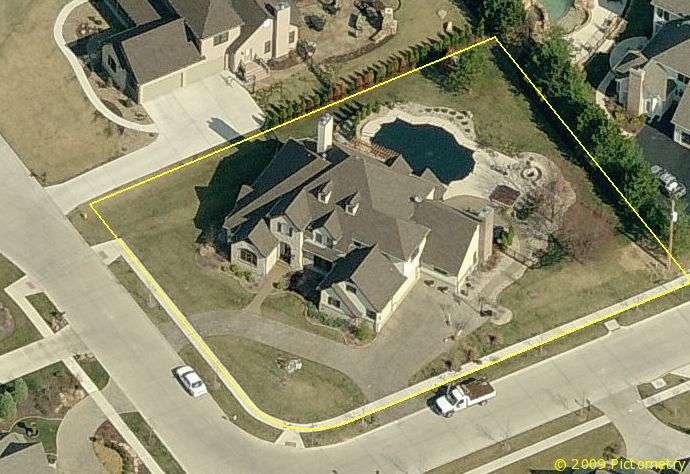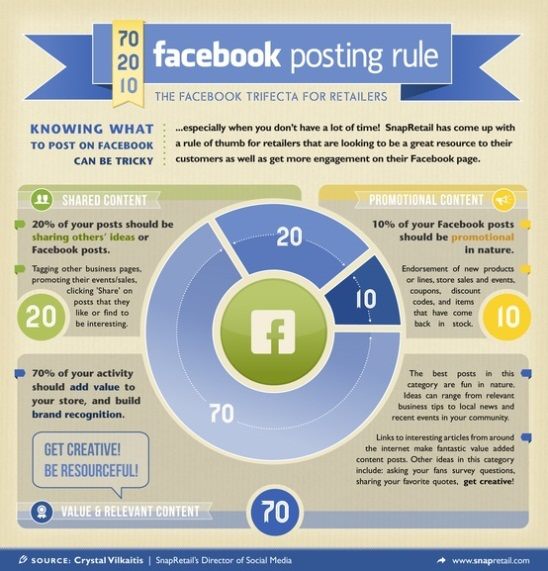Understanding the Lifetime Value of Service Industry Customers
Some customers are like the shifting sands, there to support you today but gone tomorrow. Others are the bedrock of your business, propping you up for years to come. You need both types of customers to grow, but which are really propelling your business forward? Maybe your Service Industry company should take some time to consider your CLV…
This week, we read an interesting article by Graham Charlton, Editor in Chief at ClickZ Global. Charlton is clearly writing this article for big corporations and marketing agencies with sophisticated digital marketing and big data analytics. But we think one of his main points applies equally well to any businesses in any industry; Not All Customers Are Created Equally
CLV – Customer Lifetime Value
How much is a customer worth to you (in revenue or profit) for the entire time they are your client? Many (most?) Service Industry businesses understand that each customer has long-term value, but when it comes to measuring it and assessing their monetary value to the company, they tend to measure over much shorter times.
Drawbacks of the Short-Term View
For design/build and other one-time-project jobs, the customer is normally seen through the lens of their profitability for the job at hand. In many situations, building a customer relationship is valued, but the profitability of the relationship is viewed only through the profitability of work that’s already won.
For time-duration maintenance contracts, the value of the client is normally measured as their value through the end of the current contracted season. Of course it makes sense to first value a customer by their guaranteed revenue, but many businesses could benefit by calculating an average additional value (beyond the job ‘in-hand’) for follow-on business.
The Long-Term View
So what are these customers worth to you if you become their provider of choice? If that Spring Maintenance customer hires you again in the Fall… if the asphalt patch job this year leads to a complete lot resurfacing in 18 months… or if this year’s maintenance contract gets renewed for the next 6 years? How much are those clients worth to you now? Knowing this number can give you valuable insight into running your business.
If you have a few years of sales data in hand, you should be able to review it to come up with some ‘real’ numbers to help you understand their value.
- First: take all the new clients you’ve won over a specified time and determine the percentage of them that have given you follow-up business. This is your Repeat Business Rate.
- Next: add up the total value of all your sales to these repeat customers and calculate it as a ratio to your original business to these same customers.
- Then: Take your total revenue (and overall profitability if you can calculate it) to repeat customers and compare it to your total revenue to customers that didn’t repeat purchase.
An Example
For example, let’s say you find that of 100 customers in 2012, 37 have become repeat customers. Also that those 37, who gave you $100,000 in business in 2012, gave you $220,000 in combined revenue through 2013, 2014, 2015. If you did $300,000 in total business in 2012, it suddenly becomes clear that these 37 repeat customers ($320,000 total revenue) have been much more important to your success than the 63 customers ($200,000 total revenue) who bought in 2012 and didn’t repeat.
If you don’t have a few years’ worth of data, there’s no better time to get serious about collecting it than right now!
Acquisition vs. Retention
In many Service Industry companies we talk to, follow-on sales are seen as a fortunate side-effect. They don’t get quantified when deciding how much a company can afford to invest to find that customer in the first place or even to retain them through a customer service challenge.
When you’re just getting started, you’re out there focusing all your efforts on trying to land new clients. But as you build a clientele, you’ll have to strike a balance between customer acquisition and customer retention.
And understanding how much the average existing customer is worth to your company over 3, 5, or even 10 years is an important step toward understanding their relative value vs new customers. Once you understand this, you can prioritize based on what customers are really supporting your business profitability.
Customer retention – An Important Goal
Charlton gives some great statistics about customer retention, which we’re including here. How do these insights compare with your experience? Per Charlton:
Retention Stats
There are millions of stats on customer retention and related issues. Here’s a selection:
- 66% of consumers say features, design and quality of product or service are the leading factor that determined brand loyalty (Support.com).
- The top three reasons consumers switch brands: cheaper pricing (31%), rude staff (18%) and too many mistakes (16%) (Verint).
- 71% of consumers have ended their relationship with a company due to poor customer service. (KISSMetrics)
- The probability of selling to an existing customer is 60 – 70%. The probability of selling to a new prospect is 5-20% (Marketing Metrics)
- On average, customer retention rates are 18% higher when employees are highly engaged in the retention program. (Thanx)
- According to the White House Office of Consumer Affairs, loyal customers are worth up to 10 times as much as their first purchase.
Conclusion
Clearly, in many businesses and industries, the value of a retained customer far outweighs the value of a new customer. It may be that way for your business too. Are you managing your customer relationships with that truth in mind, or are you leaving your best revenue sources up for grabs by focusing only on acquiring that next new customer?










Leave a Reply
Want to join the discussion?Feel free to contribute!